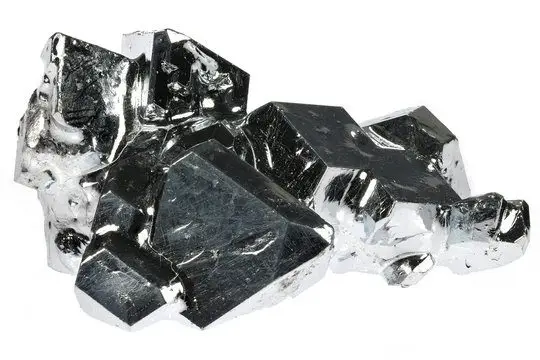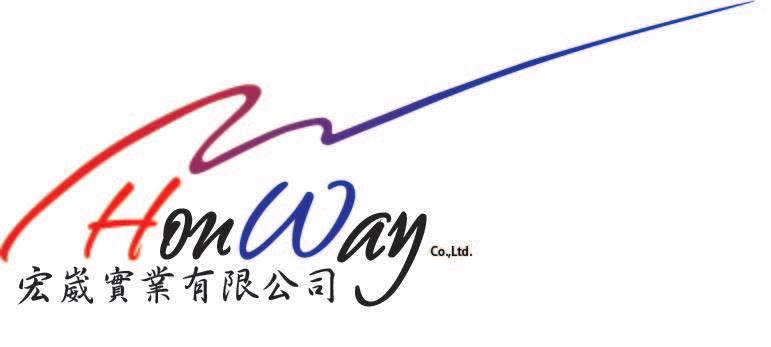In today’s rapidly evolving technological era, the creation of many key components often relies on specific rare metals, and Gallium (Ga) is an indispensable one. Since its discovery in 1875, Gallium has been widely used in semiconductors, optoelectronics, communication, energy, and medical fields, thanks to its unique low melting point, high boiling point, and excellent electronic properties. Whether it’s in smartphones, 5G base stations, electric vehicle power systems, or high-efficiency solar cells and LED lighting, Gallium plays a key role behind the scenes. As an invisible yet central driver in the modern industrial chain, the importance of Gallium continues to rise with the increasing demand for high-tech applications.
Table of Contents
The Discovery and Historical Origins of Gallium
As early as 1871, the Russian chemist Dmitri Mendeleev, while establishing the periodic table, used the periodic law to predict the existence and properties of “Gallium.” Sure enough, in 1875, the French chemist Paul Émile Lecoq de Boisbaudran formally discovered this new element while analyzing zinc blende. Because its properties matched Mendeleev’s predictions, the discovery of Gallium further validated the correctness of the periodic table. Since then, Gallium has gradually entered technological applications, becoming an important foundation for semiconductors and advanced materials.
A Basic Introduction to Gallium
Gallium (chemical symbol Ga, atomic number 31, atomic weight 69.723 u) belongs to Group 13 of the periodic table, along with aluminum (Al), indium (In), and thallium (Tl).
It is a soft, silvery-white metal with a low melting point (29.76 °C), which allows it to melt at room temperature from the warmth of a human hand. However, it has an extremely high boiling point (2204~2403 °C), exhibiting unique thermal properties. This “low melting point, high boiling point” combination makes Gallium widely applicable in temperature measurement, alloy manufacturing, and electronics.
Physical Properties of Gallium

- Atomic weight: 69.723
- Appearance: Silvery-white or bluish-white in its solid state, silvery-white in its liquid state.
- Density: 5.91 g/cm³
- Melting Point: 29.76 °C (slightly above room temperature)
- Boiling Point: 2204–2403 °C
- Conductivity and Thermal Conductivity: Excellent, but with low mechanical strength.
- Chemical Properties: Relatively stable in air but can react with acids and bases to form gallium salts; can form low-melting point alloys with indium and tin (e.g., Ga-In-Sn alloy).
Gallium does not exist as a pure element in nature but is typically dispersed in trace amounts in ores such as zinc blende and bauxite.
Different purity levels of gallium
| Specification | Purity | Detection of impurities | Total impurity content | |
| High-purity gallium (5N) | 99.999% | Al、Ca、Cu、Fe、Hg、In、Mg、Ni、Pb、Sn、Zn、Si | <10ppm | |
| Ultrapure gallium (6N) | 99.9999% | Cr、Cu、Fe、Mg、Mn、Ni、Pb、Sn、Zn、Si | <1ppm | |
| Ultra-high purity gallium (7N) | 99.99999% | Cu、Fe、Mg、Mn、Pb、Sn、Zn、Si | <0.1ppm |
The application fields of gallium are closely related to its purity:
- High-purity gallium> (>99.999%): Primarily used for semiconductor materials (e.g., GaAs, GaN wafers), requiring extremely low impurity content to ensure component performance.
- Medium-to-low purity gallium: Can be used for alloy manufacturing, thermometers, experimental materials, etc.
- Gallium alloys: Such as gallium-indium-tin alloy, which has a freezing point as low as -19 °C, making it suitable for applications in low-temperature environments and can replace mercury as an eco-friendly thermometer filler.
Application Fields of Gallium
Gallium is considered a “key technology element” and is widely used in new-generation electronics, energy, and medical fields:
- Semiconductors and Communication:
- Gallium Arsenide (GaAs): Used in high-frequency, high-speed components for mobile phones, GPS, WiFi, Bluetooth, infrared circuits, and satellite communication.
- Gallium Nitride (GaN): Widely used in electric vehicle power conversion, 5G base stations, and high-performance power supply modules.
- Optoelectronics and Lighting:
- Gallium Nitride and Indium Gallium Nitride: Used to manufacture blue and purple LEDs and laser diodes.
- Quantum Dots and Flat-Panel Displays: Ga-In oxides have high electron mobility, improving screen resolution and brightness.
- Energy Technology:
- Solar Cells: High-efficiency GaAs solar cells are widely used in space satellites.
- CIGS Solar Cells (Copper Indium Gallium Selenide): Offer both thinness and high conversion efficiency.
- Lithium Battery Electrolytes: Gallium-containing materials can operate stably at high temperatures.
- Medical and Other Applications:
- Isotope Gallium-67: Used for tumor and inflammation diagnosis.
- Alloys and Liquid Metals: Used for electronic packaging, heat dissipation materials, flexible electronics, and eco-friendly thermometers.
- Artificial Gemstones: Such as gadolinium gallium garnet (GGG), used in laser materials and jewelry.
Conclusion
From its discovery in 1875 to the present day, Gallium has evolved from a rare metal into a core raw material driving the semiconductor and new energy industries. Whether in smartphones, 5G, electric vehicles, solar cells, or future advanced medical and quantum technologies, Gallium plays an indispensable role. Its special physical properties and diverse applications have earned Gallium the reputation of being the “invisible driver of the new-generation electronics and energy revolution.”
More Honway raw material information
To learn more about how raw metals are driving next-generation technology, click on the links below to explore their properties, applications, and market prospects:
- Raw material – Arsenic (AS)
- Raw material – Selenium (Se)
- Raw material – tellurium (Te)
- Raw material-Indium (In)
- Raw materials – Antimony (Sb)
- Raw material-Germanium (Ge)
- Raw material – Cadmium (Cd)
You can also directly “contact our Honway expert team,” and we will provide the most professional customized consultation and solutions.
We offer customized adjustments to the grinding process, tailored to meet processing requirements for maximum efficiency.
After reading the content, if you still don’t know how to select the most suitable option,
Feel free to contact us and we will have specialist available to answer your questions.
If you need customized quotations, you’re also welcome to contact us.
Customer Service Hours: Monday to Friday 09:00~18:00 (GMT+8)
Phone: +8867 223 1058
If you have a subject that you want to know or a phone call that is not clear, you are welcome to send a private message to Facebook~~
Honway Facebook: https://www.facebook.com/honwaygroup
You may be interested in…
[wpb-random-posts]

